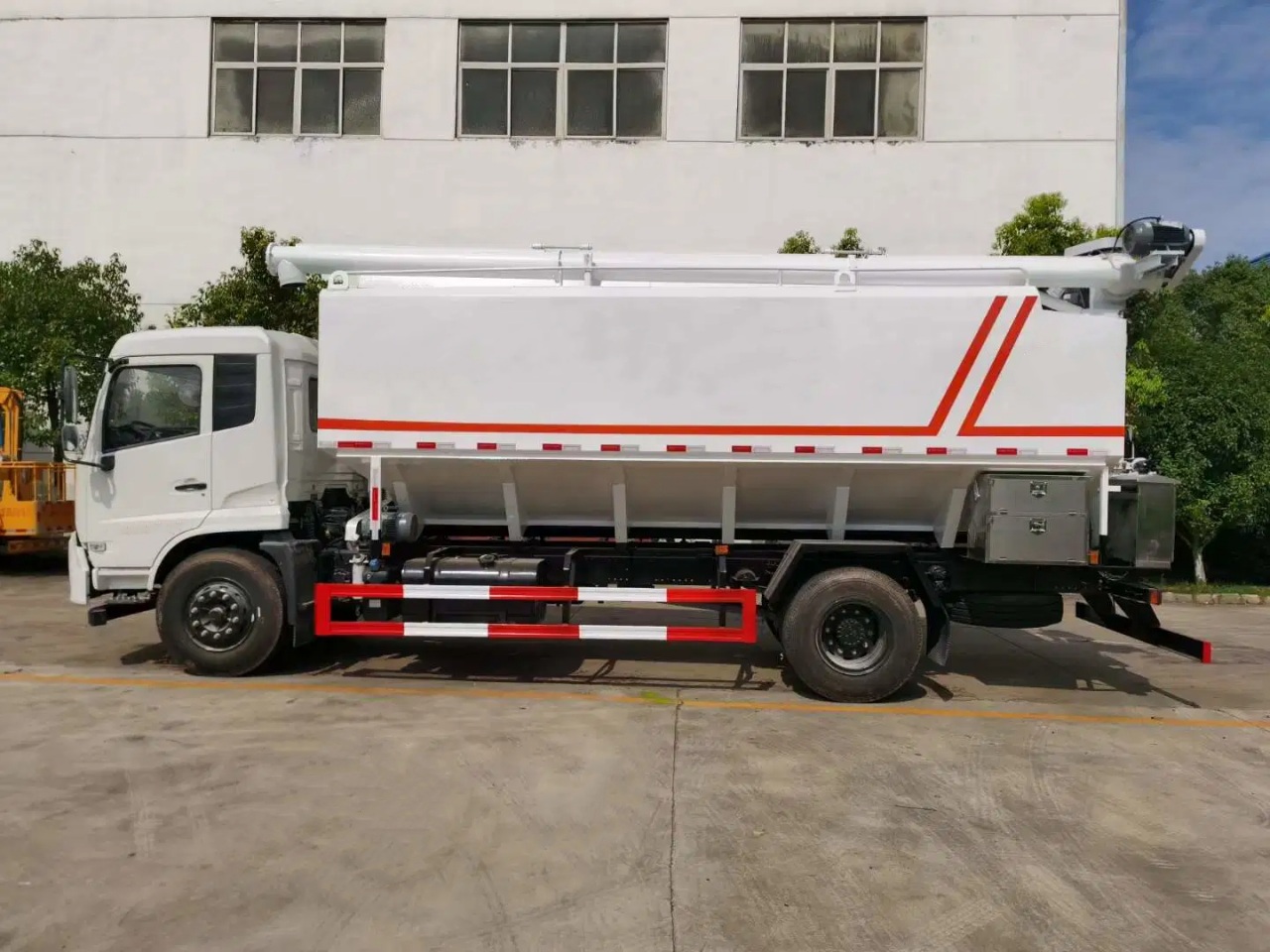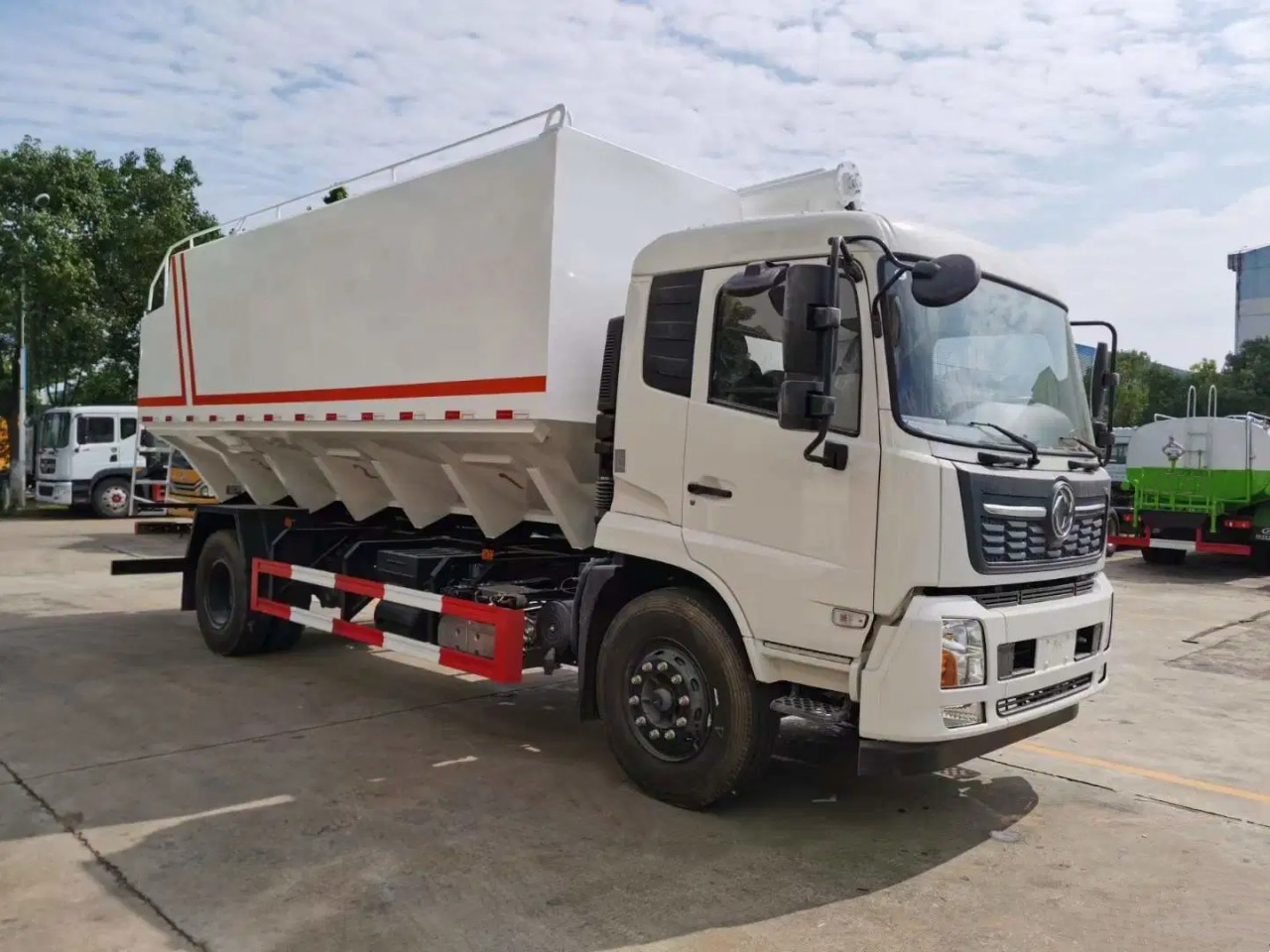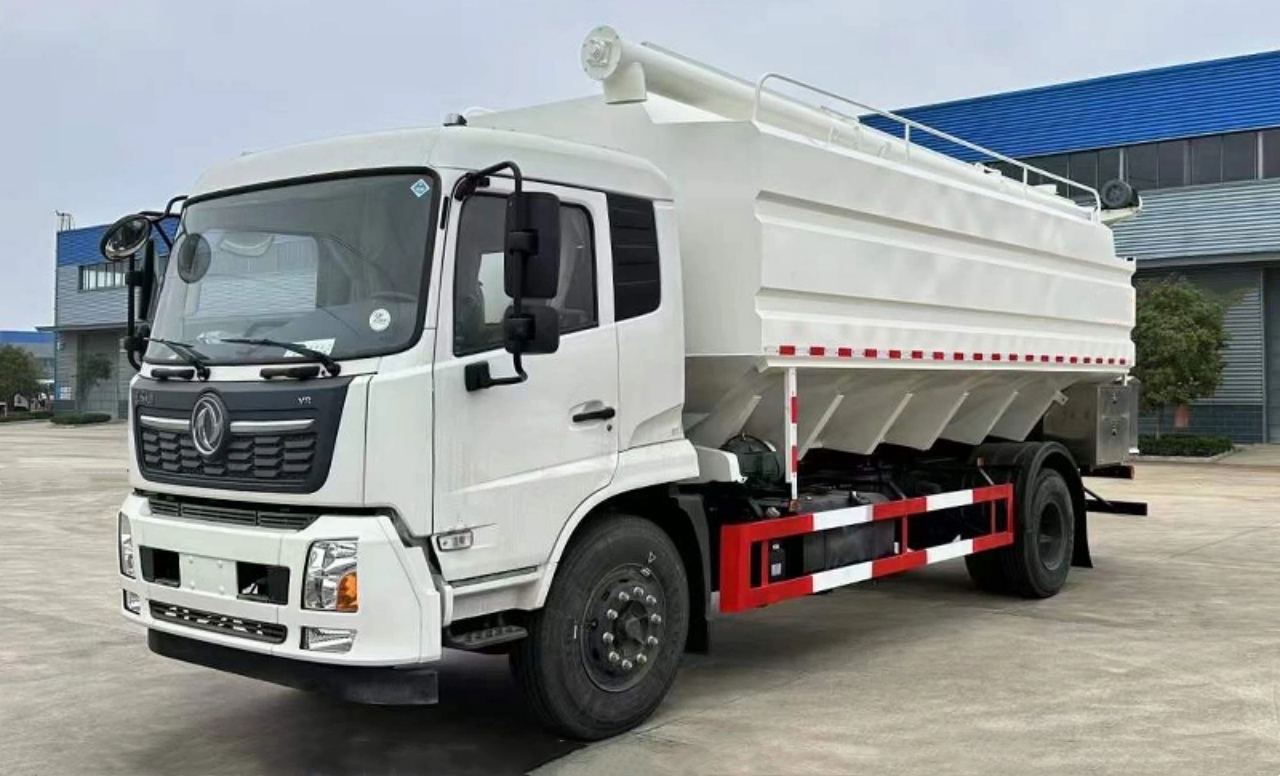Bulk trucks are essential vehicles in the transportation industry, designed specifically to move large quantities of dry or liquid materials efficiently. From delivering grains and cement to hauling chemicals and fuels, these vehicles play a crucial role in construction, agriculture, and manufacturing. But one question that often arises is: How much weight can a bulk truck carry? The answer isn’t as straightforward as a single number—it depends on several key factors, including the type of truck, configuration, materials carried, and legal weight limits set by government authorities.
Types of Bulk Trucks
Before delving into weight capacities, it’s important to understand that the term “bulk truck” can refer to several types of vehicles, each designed for a specific kind of bulk cargo:
- Dry Bulk Trucks: Used to transport dry commodities such as flour, grains, sand, cement, or plastic pellets. These are typically pneumatic tankers or hopper-bottom trailers.
- Liquid Bulk Trucks: Designed for fluids like water, milk, oil, or chemicals. These are usually tank trucks made of stainless steel or aluminum.
- Dump Trucks: Often used in construction to move aggregates like gravel, dirt, or coal in bulk.
- Tanker Trailers: Semi-trailers attached to a tractor unit that can carry either dry or liquid bulk goods.
- Combination Bulk Trucks: Some specialized trucks can carry a combination of dry and liquid materials using segmented tanks.
Each type has different design parameters that directly affect how much weight it can safely and legally carry.
Gross Vehicle Weight Rating (GVWR)
A key metric in determining a bulk truck’s weight capacity is the Gross Vehicle Weight Rating (GVWR)—the maximum allowable weight of the fully loaded vehicle. This includes:
- The weight of the truck itself (tare weight)
- The weight of the cargo
- Fuel, fluids, and the driver
Bulk trucks can vary widely in GVWR:
- Light-duty bulk trucks: Often used for smaller, local deliveries; GVWR ranges from 10,000 to 14,000 pounds (4,536 to 6,350 kg).
- Medium-duty bulk trucks: Common for regional transport; GVWR from 14,001 to 26,000 pounds (6,351 to 11,793 kg).
- Heavy-duty bulk trucks: Used for long hauls and industrial materials; GVWR often exceeds 33,000 pounds (14,969 kg).
For semi-trailers, the Gross Combination Weight Rating (GCWR) is relevant—it’s the total of the tractor, trailer, and cargo. In the U.S., the typical GCWR for a fully loaded Class 8 truck is 80,000 pounds (36,287 kg).
Legal Limits and Regulations
In most countries, legal weight limits are strictly regulated to prevent road damage and ensure safety. For example, in the United States, the Federal Bridge Formula sets legal limits for trucks depending on axle configuration. The most common limits include:
- Single axle: 20,000 pounds (9,072 kg)
- Tandem axle: 34,000 pounds (15,422 kg)
- Gross weight (5-axle combo): 80,000 pounds (36,287 kg)
In Europe, the maximum allowable weight for a truck and trailer combination can be higher, up to 44 tonnes (97,000 pounds) in countries like the UK and Germany.
Exceeding these limits can lead to fines, vehicle damage, and safety risks, which is why many trucks are equipped with onboard weighing systems or use weigh stations to verify loads.
Payload Capacity
The payload capacity is the actual weight of the cargo a truck can carry. It’s calculated by subtracting the truck’s tare weight from its GVWR.
For example:
- A dry bulk pneumatic truck with a GVWR of 80,000 lbs and a tare weight of 30,000 lbs can carry a payload of 50,000 lbs (22,680 kg).
- A typical liquid tanker with a similar GVWR but a heavier tare weight due to tank reinforcements might only carry around 45,000 lbs (20,412 kg).
Payload also depends on the density of the material. A bulk truck may “weigh out” before it “cubes out,” meaning the truck reaches its weight limit before it fills its volume. For instance:
- Cement is dense (about 94 lbs/cubic foot), so a truck may hit the weight limit before filling the tank.
- Plastic pellets are light (30–40 lbs/cubic foot), so volume limits are reached first.
Factors Influencing Weight Capacity
Several factors determine how much weight a bulk truck can carry:
- Axle Configuration: More axles distribute weight better and increase allowable limits.
- Trailer Type and Size: Longer trailers or those with multiple compartments may have greater capacity.
- Material Type: Heavier, denser materials limit payload even in large tanks.
- Road Conditions and Permits: Some roads restrict axle weight or require permits for heavy loads.
- Truck Build and Components: Reinforced chassis, lightweight materials (like aluminum), and high-capacity suspensions can affect total capacity.
Examples of Common Bulk Truck Capacities
| Truck Type | Typical Payload Capacity |
|---|---|
| Dry Bulk Pneumatic Tanker | 45,000–50,000 lbs (20,412–22,680 kg) |
| Liquid Tanker (Milk/Water) | 6,000–7,000 gallons (~50,000 lbs) |
| Cement Bulk Trailer | 25–30 tons (50,000–60,000 lbs) |
| Dump Truck (Tri-Axle) | 15–20 tons (30,000–40,000 lbs) |
| Hopper Bottom Grain Trailer | 26–28 tons (52,000–56,000 lbs) |
These numbers vary based on the make, model, and configuration of the truck.
Overloading Risks
Overloading a bulk truck can have serious consequences, including:
- Mechanical Strain: Increases wear on axles, tires, and suspension systems.
- Safety Hazards: Increases stopping distances and rollover risk.
- Legal Penalties: Fines, citations, and potential license suspension.
- Environmental Damage: Excessive weight damages roads and bridges.
Fleet operators and drivers must carefully balance capacity with safety and compliance.
Conclusion
So, how much weight can a bulk truck carry? The answer depends on several dynamic factors—vehicle type, axle configuration, material density, and local regulations. While a fully loaded heavy-duty bulk truck in the U.S. typically maxes out at 80,000 pounds, actual payload can range from 30,000 to 50,000 pounds depending on design and cargo.
Understanding these variables helps operators maximize efficiency while staying within legal and safety guidelines. As materials and equipment evolve, so too does the capacity and capability of bulk trucks, making them one of the most adaptable and essential vehicles in the logistics landscape.






